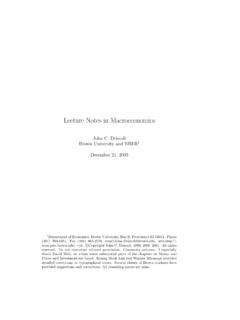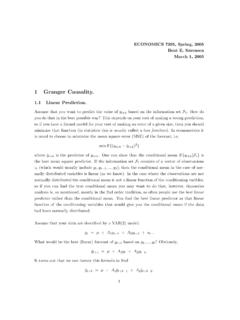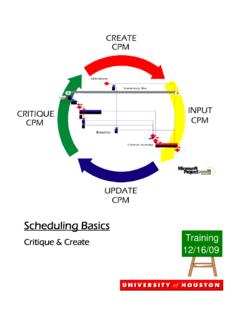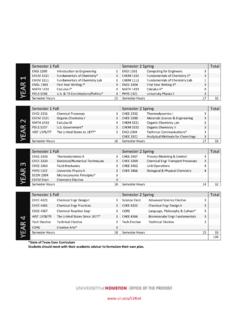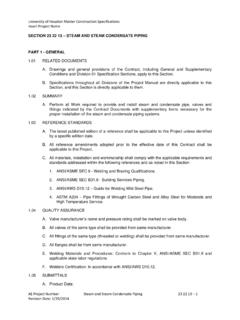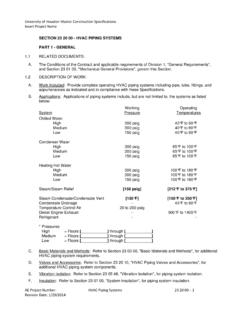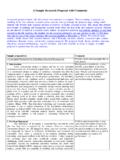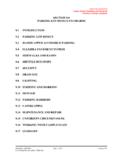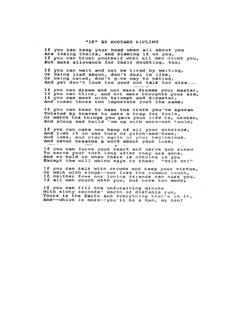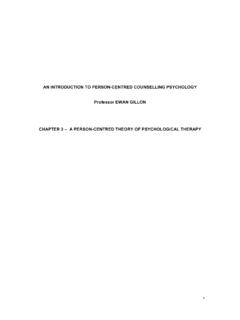Transcription of Chapter 11: Quasi-Experimental Designs
1 Chapter 11: Quasi-Experimental DesignsPsychology 2301 introduction to Research MethodsUniversity of houston True Experimental Design!Randomly assign participants to levels of the independent variable!Control for extraneous variables!Measure dependent variable!Differences in dependent measure are due to independent variable (internal validity) Quasi-Experimental Design!If no manipulation is performed on the IV, the design is correlational.!If the IV is manipulated, but there is not complete random assignment to conditions, the design is called Design!One-group Posttest-only design!One-group Pretest-Posttest design!Nonequivalent control group pretest-posttest design!Interrupted time series design!Control series designOne-group Pretest-only designParticipantsIVDV!With 1 level of the IV, only an experiment in the loosest sense.!This design is only good for description.!Example: The effect of an information campaign on condom Pretest-Posttest designParticipantsPretestIVPosttest!
2 The addition of a pretest gives us a comparison by which we can assess the effect of the IV.!Example: The effect of an information campaign on condom use.!Again, though, only 1 level of the IV limits us!Why?Limitations of the One-group Pretest-Posttest design!History: Event outsidethe experiment or participants which may affect the measurement.!Maturation: Change withinthe participants which may affect the measurement.!Testing: When the testing itself affects the participants.!Instrument decay: Change in the measurement itselfLimitations of the One-group Pretest-Posttest design!Regression toward the mean: The more extreme a score is, the more likely it is to be closer to the mean at a later measurement."Example: YaoMing is 7 6 tall. If he were to have children, the chances of him having a child that is taller than him is statistically smaller due to the extremity of his Control Group Pretest-Posttest Design!Treatment and control groups may not be equivalent!Use pretest to assess equivalence"If there is not group equivalence it is still possible to ascertain the effects of the independent variable through changes in test scores (pretest and posttest)"If IV had an effect, experimental group will exhibit greater changeInterrupted Time Series Design!
3 Encompasses more time "Interpret more than two data points, which allows you to look at a pattern, rather than just two points in time.!Allows for clearer interpretation of effect of the intervention!Figure (pg. 203)!Problem: ?Control Series Design!An improvement of the previous design through the addition of a control group!Better perspective with comparison group!Figure (pg. 204)!Ignore Single-case Experimental Designs , pp. 204-208.
